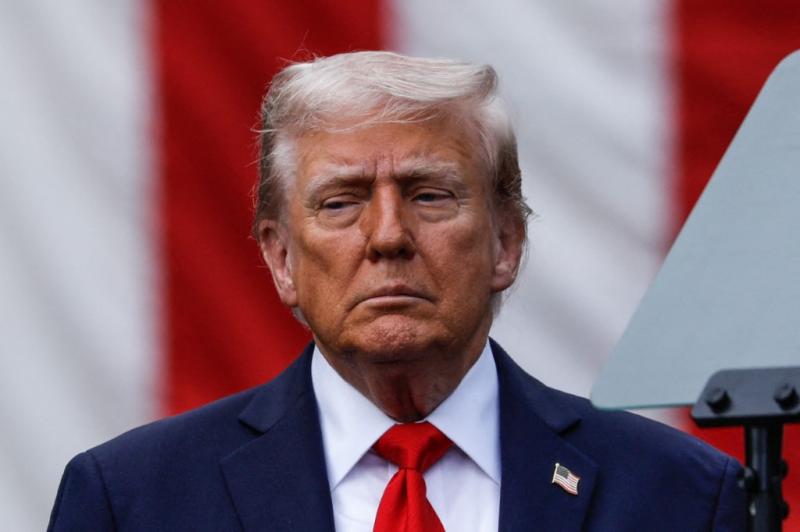The global financial system is undergoing a radical transformation with the rise of digital currencies, which are gaining ground in financial markets and attracting increasing investment. Even Bitcoin has become one of the safe havens that investors turn to during crises, as is the case today. This trend has pushed major central banks—long opposed to the idea of digital currencies—to seriously develop their own versions, known as Central Bank Digital Currencies (CBDCs).
Digital currencies have gained widespread acceptance among the public. Bitcoin, for instance, rose from $0.003 in 2010 to over $110,000 today. Yet, many central banks have prohibited commercial banks from dealing with such currencies because of their high risks, whether for commercial institutions or for central banks themselves, which fear losing monetary sovereignty, seeing their reserves threatened, or witnessing the destabilization of the global financial system. Cross-border digital payments have already started to outpace those made in traditional currencies.
Multiple Motivations Behind CBDCs
This reality has led several central banks—including China’s, the European Central Bank, and the U.S. Federal Reserve—to launch their own digital currency projects. Their motivations can be summarized as follows:
1. Addressing weaknesses in existing payment systems.
The decline in the use of cash and the emergence of private stablecoins have created a gap in money circulation. CBDCs would offer an immediate and risk-free settlement system. They would also boost financial inclusion by providing every citizen with a free digital wallet, sponsored by the central bank, while enhancing flexibility and security for national and international payments.
2. Expanding monetary policy tools.
CBDCs would give central banks new levers to implement and monitor monetary stability. For example, interest rates could be adjusted almost instantly, bypassing commercial banks, which traditionally act as intermediaries for monetary policy. However, this shift could create financial instability if depositors withdraw their funds from commercial banks and move them into the central bank’s digital wallets, especially if those wallets offer both security and interest.
3. Responding to geopolitical financial warfare.
The use of the financial system as a geopolitical weapon is forcing central banks to rethink how they manage international monetary affairs. Many countries see the United States’ dominance through the dollar as giving the West an unfair advantage in imposing sanctions and exercising financial oversight. This perception has motivated several central banks to pursue digital currency projects as a means of reducing American influence and limiting the dollar’s hegemony—particularly in trade and cross-border transfers.
4. Reducing transaction costs.
Because digital currencies require less human intervention, they are expected to significantly lower the cost of commercial transactions, international transfers, and settlement systems. A unified digital currency could also help reduce dollarization, cut financial costs, and weaken U.S. influence over global finance.
5. Strengthening financial surveillance.
A major consequence of CBDCs is the ability of central banks—and by extension governments—to monitor the financial operations and data of individuals and companies. While this offers transparency, it also raises privacy concerns, as it opens the door to potential surveillance and intrusion into citizens’ private lives. Safeguards and strict regulations would therefore be necessary to protect personal freedoms.
6. Programmable money and economic control.
Central banks would be able to program their digital currencies, defining which types of transactions are allowed and even setting expiration dates for money. This level of programmability could grant governments unprecedented control over private wealth and economic activity.
A Race with Geopolitical Undertones
There is no doubt that the global race to develop and impose national digital currencies has become a defining feature of the new financial order. Yet, this race is uneven and varies from one country to another:
China is by far the most advanced, with its e-CNY (digital yuan) project in late-stage development. Beijing aims to improve payment flexibility, financial inclusion, and internal control, all while pursuing a clear geopolitical objective: reducing reliance on the dollar and facilitating transactions along the Belt and Road Initiative.
Europe seeks to preserve its monetary sovereignty against private stablecoins and strengthen its payment system through the planned e-EUR. The project aims to ensure the European Union’s financial independence and reduce the dominance of major American tech firms. Although still in the research and preparation phase, the EU has announced its intention to launch the digital euro by 2027.
The United States is taking a more cautious approach. The Federal Reserve continues to assess the potential risks of adopting the e-USD, particularly concerning commercial banks and the dollar’s global status. The project remains in the exploratory stage, aimed at maintaining the U.S. currency’s leading position and ensuring the stability of the current financial order. Compared to China and the EU, the U.S. is notably behind.
Other countries—more than 130, mostly smaller economies—are expected to issue their own CBDCs in the coming years, seeking to modernize their payment systems and improve fiscal transparency.
Lebanon’s Case: Promise or Illusion?
Whether Lebanon’s central bank should issue a digital lira is a complex question, given the depth of the country’s financial and economic collapse. While a digital currency could, in theory, improve payment efficiency and promote financial inclusion, its implementation would face major challenges. A CBDC cannot resolve Lebanon’s structural crisis, rooted in state insolvency, shattered confidence, and a disintegrating banking sector.
With the Lebanese pound having lost more than sixty times its pre-crisis value, any digital version would merely be an electronic replica of a collapsed currency. It would fail to attract users as long as confidence in the central bank and the financial system remains absent. Introducing it before restructuring the banking sector would only accelerate capital flight, as depositors rush to withdraw their frozen funds, signaling the definitive end of commercial banking in Lebanon.
Moreover, a Lebanese digital currency would likely lack international credibility as long as the country remains on the Financial Action Task Force’s grey list and fails to implement the necessary reforms.
Thus, the digital lira should not be viewed as a magical solution to Lebanon’s crisis, but rather as a potential tool—useful only after comprehensive structural and governance reforms are achieved.
Please post your comments on:
[email protected]
 Politics
Politics













